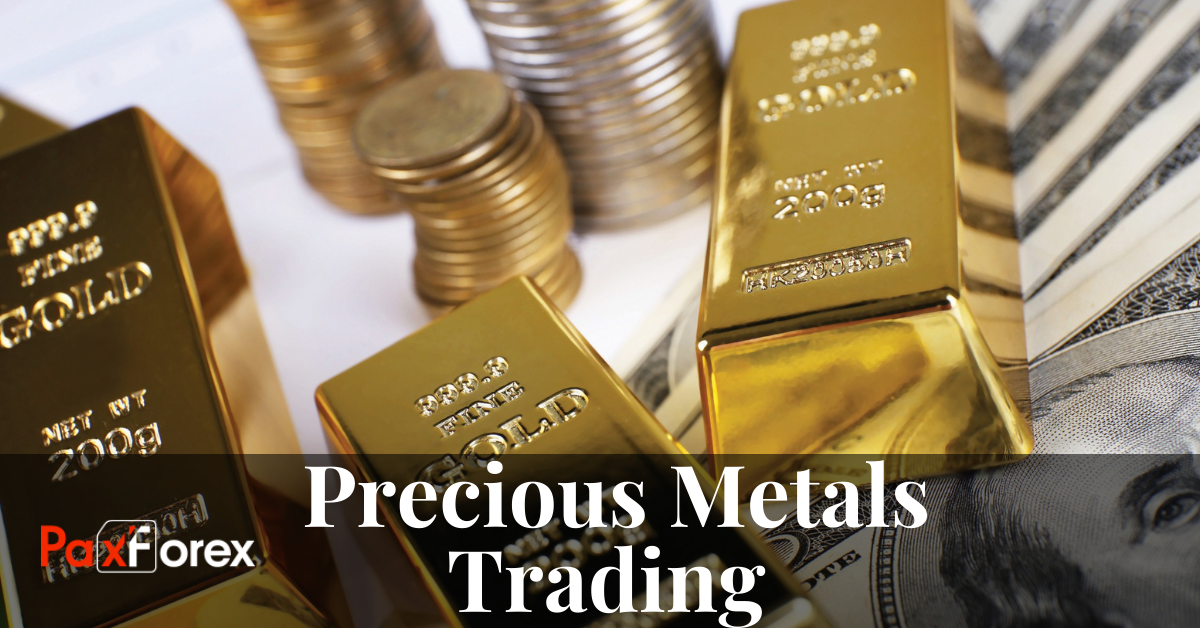
The term precious metals refer to the group of metals that are known to be unique and highly valuable. Precious metals also known as rare metals that have desired characteristics with unique beauty are used commonly in jewelry pieces. These metals do not rust or decay, therefore, they can last for many years. Factors which have historically affected the price of gold and other precious metals have been economic, financial, and with drastic world events taking place, they have often been a haven and an asset for retaining wealth throughout history.
Like any product or service, a shortage of precious metals, or an increased need for them, makes them more valuable. For example, if a strike at a major silver mine interrupts production, silver prices may see an uplift over the short term. An improvement in mining equipment, meanwhile, could have the opposite effect, speeding up production and saturating the market. Given that the precious metals are dollar-denominated, they are particularly susceptible to the value of the greenback. When the dollar falls, precious metals are both a good place to store its value and less costly for other countries to purchase – meaning it is likely to push the price of precious metals higher.
Precious metals such as gold, silver, platinum, palladium even commodity metals like copper have multiple application from electronics to jewelry - even your car’s catalytic converter has platinum and palladium in it. Metals are extremely popular amongst traders and it is usually recommended by financial advisors to have some sort of investment in metals when trading other instruments. There are many reasons for this, but the biggest appeal is that generally when markets are volatile and currencies are down metals increase in price. This is due to people investing in metals because they are considered safe-havens meaning types of trading instruments that markets believe are “safer” or their price is more stable than other instruments.
During the last decade, there has been a dramatic increase in interest in Precious Metals as a form of investment. Many investors are only beginning to discover the ability to trade in the forex markets. Prior to the 1990’s, the foreign exchange market was primarily an exclusive investment vehicle controlled by large banks and financial institutions. However, today the ability to trade precious metals against other currencies and primarily the U.S. dollar is now available to retail investors. The forex market enables you to begin gold trading with a leverage of up to 100:1 any time of the day. With a forex platform, you could buy a position of 100 ounces of gold with as little as $1,000. However, before you risk trading any of your own money it is highly recommended that you begin with a practice account.
Precious metals can be traded in both directions: if the market is expected to move upwards (bullish trend) trades can be entered by purchasing a futures contract (going long) and exit the trade by selling it; while if there is anticipation of a downward movement (bearish trend), trades can be entered by selling a futures contract (going short) and exit the trade by buying a contract. The possibility is also given to trade multiple futures contracts, which involves making several separate entries and exits that is, entering contracts at different prices and exiting at one price, or the other way round. The ability to trade in both directions allows investors to gain profits regardless of upward or downward market movements.







